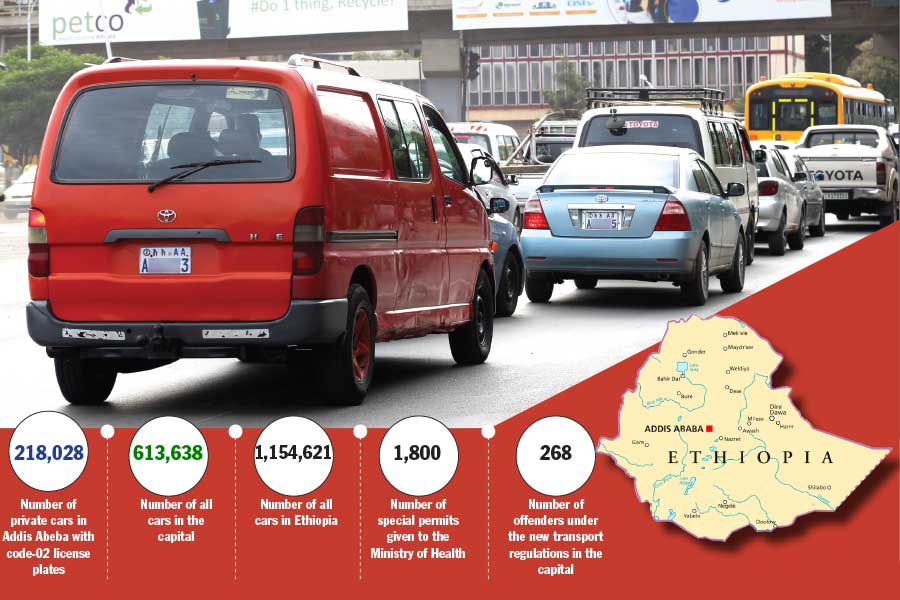
Radar | Dec 24,2022
Oct 22 , 2022
By Shang-Jin Wei
Before COVID-19 vaccines were developed and distributed, China's strict approach to controlling the virus resulted in fewer deaths and a much lower death rate per million people than in many other countries. But while these successes were impressive in late 2020 and early 2021, effective vaccines and treatments have become readily available since then, leading the World Health Organization (WHO) to declare that the end of the pandemic is in sight.
Yet China has maintained its strict zero-COVID regime. While this containment strategy has saved many lives, it has also slowed the country's economy, exacerbated supply-chain disruptions, and kept millions under lockdown for months.
Does the zero-COVID policy pass a cost-benefit test in 2022?
China's government and many investment banks had predicted that its economy would grow by roughly 5.5pc in 2022, assuming that COVID-19 restrictions would be lifted. Instead, China's economy is expected to grow closer to 3.3pc this year. By reducing the growth rate by 2.2 percentage points, the zero-COVID policy will likely cost China 384 billion dollars in lost GDP.
Estimating the number of lives saved by the zero-COVID approach necessarily requires assumptions of our own. According to the University of Washington's Institute for Health Metrics & Evaluation, 244,489 Americans will have died from COVID-19 this year. Suppose the Chinese had the same vaccines, vaccination rates, public attitudes, and public-health policies as the United States: 1,051,300 Chinese would have died from COVID-19 this year – given the Chinese population is 4.3 times that of the US – rather than China's likely death toll of 6,968. Forgoing 384 billion dollars to save 1,051,300 lives means that the Chinese policy placed an average value of at least 365,262 dollars on every life saved.
Cost-benefit analysis requires assigning a monetary value to life.
Governments have to do this to make informed policy decisions and to determine how to compensate victims of accidents and disasters. This calculation, known as the "value of a statistical life" (VSL) is often estimated from observing how much people are willing to pay to reduce a given risk. In the US, the VSL used by government agencies is around nine million dollars.
What is the value of a statistical Chinese life?
One may gauge this by the ratio of per capita incomes in the two countries. The Chinese per capita income was 12,359 dollars in 2021, or 19,338 dollars when adjusted for purchasing power, compared to 69,288 dollars in the US. Hence, the Chinese VSL is 1.3-2.1 million dollars. By these numbers, the zero-COVID approach could easily pass the cost-benefit test since the value of the lives it saved would be 3.6-5.8 times the value of the lost economic output.
Another approach to estimating the value of a statistical Chinese life is to look at the monetary compensation that China's laws stipulate in cases of death due to traffic or industrial accidents. For the death of a person younger than 60, for example, the compensation would be 20 times the average annual disposable income in the victim's place of residency. Deaths of those older than 75 would be five times the annual average income. Other components – including emotional distress, funeral costs, and support for children under 18 – may be generously assumed to be five times the average annual income.
Given that the average annual disposable income in China is about 10,000 dollars, the life of a person younger than 60 would be valued at 250,000 dollars, and the life of someone older than 75 would be 100,000 dollars. Even if we take the highest of these estimates (250,000 dollars), it would still be 30pc less than the minimum required to justify the cost of the strict zero-COVID approach.
For the policy to pass the test according to this VSL estimate, the number of deaths it prevented would have to be close to two million. That is not entirely implausible, given Chinese vaccines' lower effectiveness and the possibility of overwhelmed hospitals from a massive outbreak.
These calculations could be modified in many ways. In particular, the benefits may be supplemented by the savings from reduced COVID-related hospitalization, whereas the costs may be augmented by the stress and reduced well-being experienced by the Chinese from the frequent lockdowns and COVID testing. We cannot rule out the possibility that China's zero-COVID approach passes a cost-benefit test.
At the same time, China could take several actions to make the current containment policy less necessary. In particular, the Chinese do not have to emulate the Americans; instead, they can follow the examples of Singapore and Japan by adopting the most effective vaccines and ramping up the vaccination rates.
If China adopted Singapore and Japan's approach, I estimate that roughly 183,000 people would have died from the virus in 2022. While this number is still much greater than the number of deaths attributed to the flu in China in 2019, it is significantly smaller than what the country would experience if it adopted America's model. By leaving the zero-COVID measures behind, China could experience a strong rebound in economic growth without an unacceptably high number of COVID-19 deaths.
PUBLISHED ON
Oct 22,2022 [ VOL
23 , NO
1173]


Radar | Dec 24,2022

Commentaries | Jul 13,2024

Viewpoints | Feb 04,2023

Radar | Feb 18,2023

Sunday with Eden | May 04,2019

Fortune News | Feb 09,2019

Fortune News | Apr 25,2020

Fortune News | Aug 08,2020

Fortune News | Jun 01,2019

Fortune News | May 13,2023

My Opinion | 131499 Views | Aug 14,2021

My Opinion | 127855 Views | Aug 21,2021

My Opinion | 125833 Views | Sep 10,2021

My Opinion | 123463 Views | Aug 07,2021

Dec 22 , 2024 . By TIZITA SHEWAFERAW
Charged with transforming colossal state-owned enterprises into modern and competitiv...

Aug 18 , 2024 . By AKSAH ITALO
Although predictable Yonas Zerihun's job in the ride-hailing service is not immune to...

Jul 28 , 2024 . By TIZITA SHEWAFERAW
Unhabitual, perhaps too many, Samuel Gebreyohannes, 38, used to occasionally enjoy a couple of beers at breakfast. However, he recently swit...

Jul 13 , 2024 . By AKSAH ITALO
Investors who rely on tractors, trucks, and field vehicles for commuting, transporting commodities, and f...

Jun 28 , 2025
Meseret Damtie, the assertive auditor general, has never been shy about naming names...

Jun 21 , 2025
A well-worn adage says, “Budget is not destiny, but it is direction.” Examining t...

Jun 14 , 2025
Yet again, the Horn of Africa is bracing for trouble. A region already frayed by wars...

Jun 7 , 2025
Few promises shine brighter in Addis Abeba than the pledge of a roof for every family...

Jun 29 , 2025
Addis Abeba's first rains have coincided with a sweeping rise in private school tuition, prompting the city's education...

Jun 29 , 2025 . By BEZAWIT HULUAGER
Central Bank Governor Mamo Mihretu claimed a bold reconfiguration of monetary policy...

Jun 29 , 2025 . By BEZAWIT HULUAGER
The federal government is betting on a sweeping overhaul of the driver licensing regi...

Jun 29 , 2025 . By NAHOM AYELE
Gadaa Bank has listed 1.2 million shares on the Ethiopian Securities Exchange (ESX),...